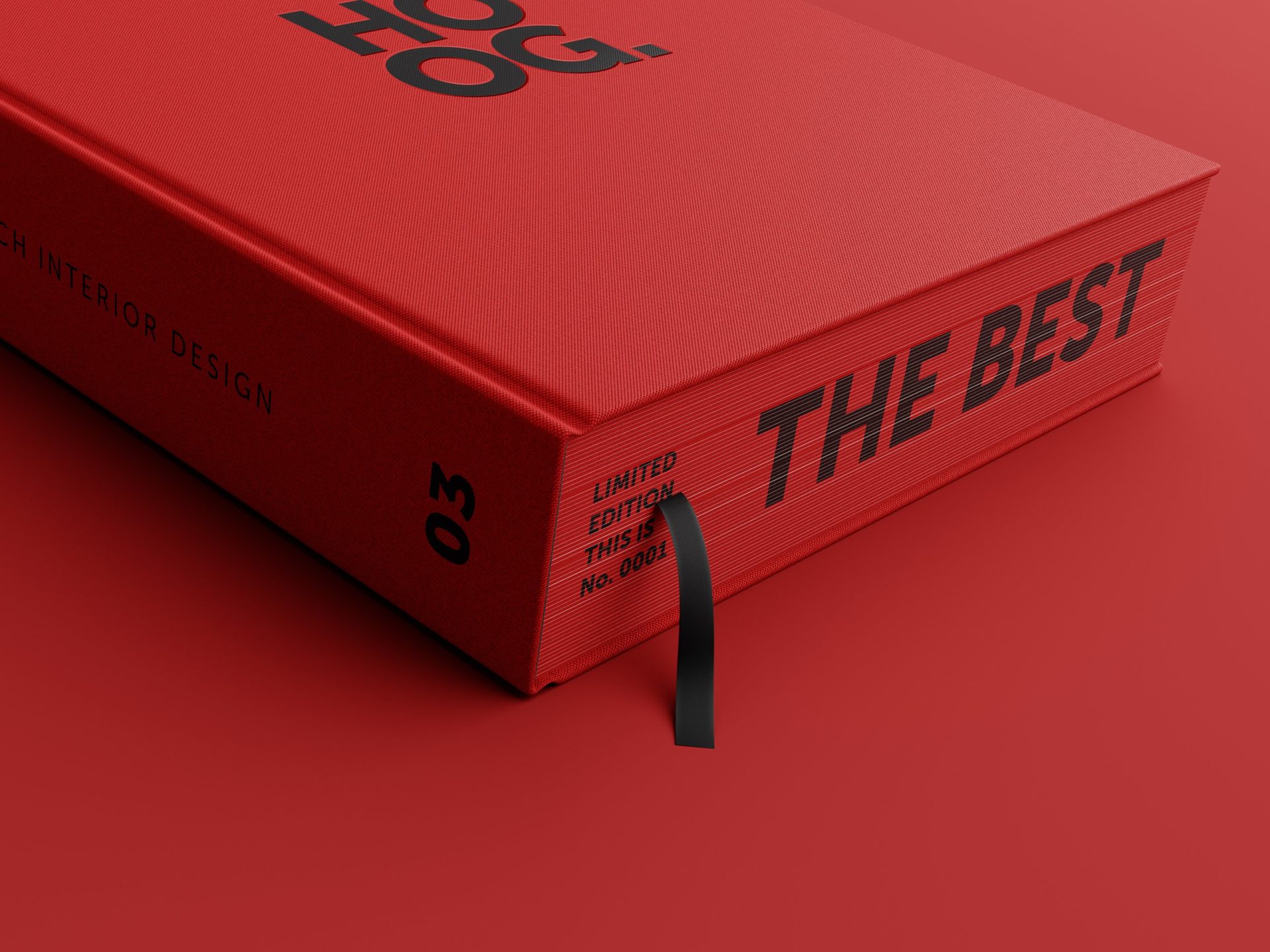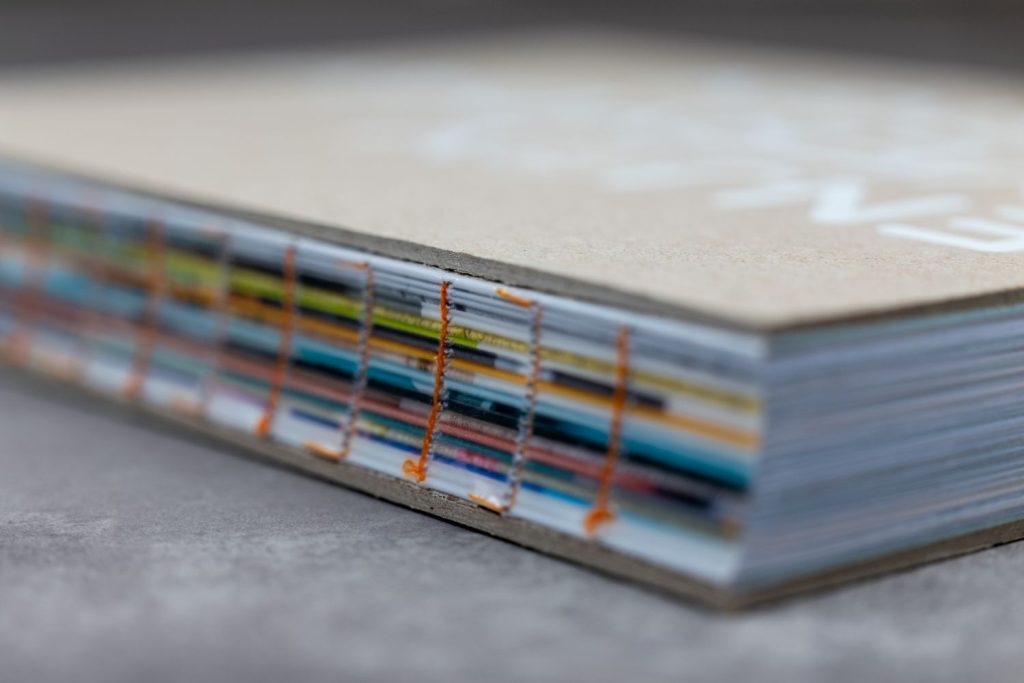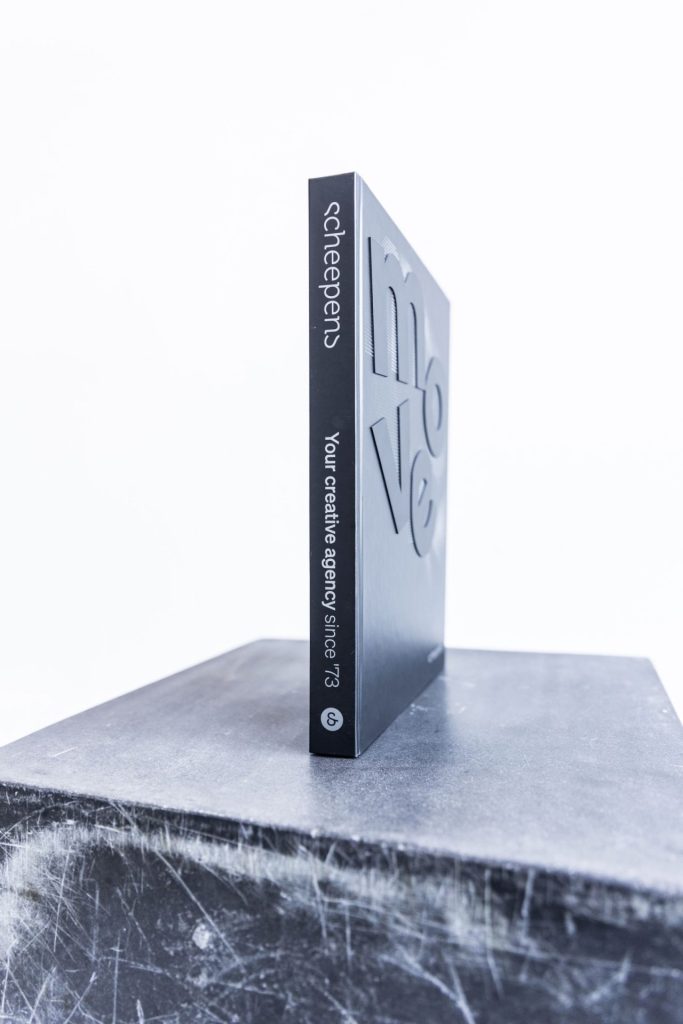Dive into the world of hardcovers. When you want to get a book printed, all sorts of things come your way. The more you immerse yourself in it, the more you find out that the possibilities are endless. That includes the finishing options for your hardcover. Such a cover is much more than just the protection of the contents. You can do very nice things with it! Which ones? In this article we highlight a few.
What is a hardcover?
Let's start at the beginning. What exactly is a hardcover? A hardcover, also known as a hardback, is a hard, sturdy cover of a book. Such a hard cover is usually made of gray cardboard covered with paper, fabric, leather or another material. This is in contrast to a softcover or paperback, where the cover is usually more flexible.
A hardcover protects the contents of a book from wear and tear. Hardcovers are therefore frequently used in high-quality book productions, such as art books and reference books.

What parts does a (hard) cover consist of?
Before we tell you more about the finishing options of a hardcover, it's important that you know a few terms. This is because a cover, also known as a cover or book binding, consists of several parts:
Front cover
The front cover is the front of the book cover. On the front cover you will usually find the title of the book, the names of the author(s), as well as visual elements that reflect the mood of the book.
Back cover
Now that you know what the front cover is, you can guess this one. The back cover is -indeed- the back of the book cover. On the back cover you will frequently find a brief summary of the book, possibly a barcode or information about the publisher.
Back
The spine of a book connects the front cover to the back cover. It is the part you see when your book is on a bookshelf. You will often find the title and name of the author(s) on the spine of the book once again.
Dust jacket
The dust jacket is a loose, protective cover around the book. This cover often contains additional information such as a summary, reviews or information about the author(s). A dust jacket is not a must, but optional.
Book block
Not officially part of the cover, but useful to know. The book block is the contents of the book.
What finishing options are available for hardcovers?
Now that you know what a hardcover is and what parts it consists of, we can go in depth. Once you've decided on a hardcover, there are several options for making your book cover as beautiful and appropriate as possible.
Different thicknesses of plates
The thicknesses of the covers greatly affect not only how the hardcover looks, but also how it feels. In general, the thicker the cover, the more luxurious the look. We distinguish the following thicknesses when it comes to the covers of a hardcover book: 1, 1.5, 2, 2.5 and 3 mm.
The binding method
The binding method also has a big voice when it comes to the look of your book. The binding method is the way the pages (the book block) are attached to the spine and cover of a book. This can be done with glue (glued) or with twine (bound), or a combination of the two (glued bound).
A popular binding method is the Swiss. In this, the spine is loose from the cover, leaving the sewing thread visible. The book block is glued in on the back flat. This gives your book a creative look and it allows it to lie open to the maximum extent. This effect, by the way, can also be achieved by putting carded boards on a book block. The spine then remains visible. This gives a book a unique look.

Capital bands
A capital binding is a binding applied to the top and bottom of the spine of a book. Right between the spine and the cover. Traditionally, such a capital band was used to protect the fragile edges of the book from wear and tear and to strengthen the spine of the book. Nowadays it is mainly used for the appearance of the book.
The crossing
By overhang we mean the part of the cover that protrudes from the pages of the book. You can choose a minimal overhang: the pages are then almost flush with the cover, or a wide overhang: the cover then protrudes in relation to the pages. The advantage of a wide overhang is that the book block is better protected against wear and tear. In addition, minimal overhang does not allow for capital bands. Something to think about.
The material
Fun to play with: the material of the hardcover. So you can choose a fabric covering for the cover, or special paper. We even used ferrous foil once, so that the title of the book was in magnetic letters on the cover. Long story short: a lot is possible!

And so there are many more possibilities!
As we told you, in this article we have highlighted only a few finishing options. Hopefully this has given you an idea of the options available to make your hardcover as beautiful as possible. Do you have any questions? Are you curious about which options are best suited for your project? Please feel free to contact us. We are happy to think along with you.


